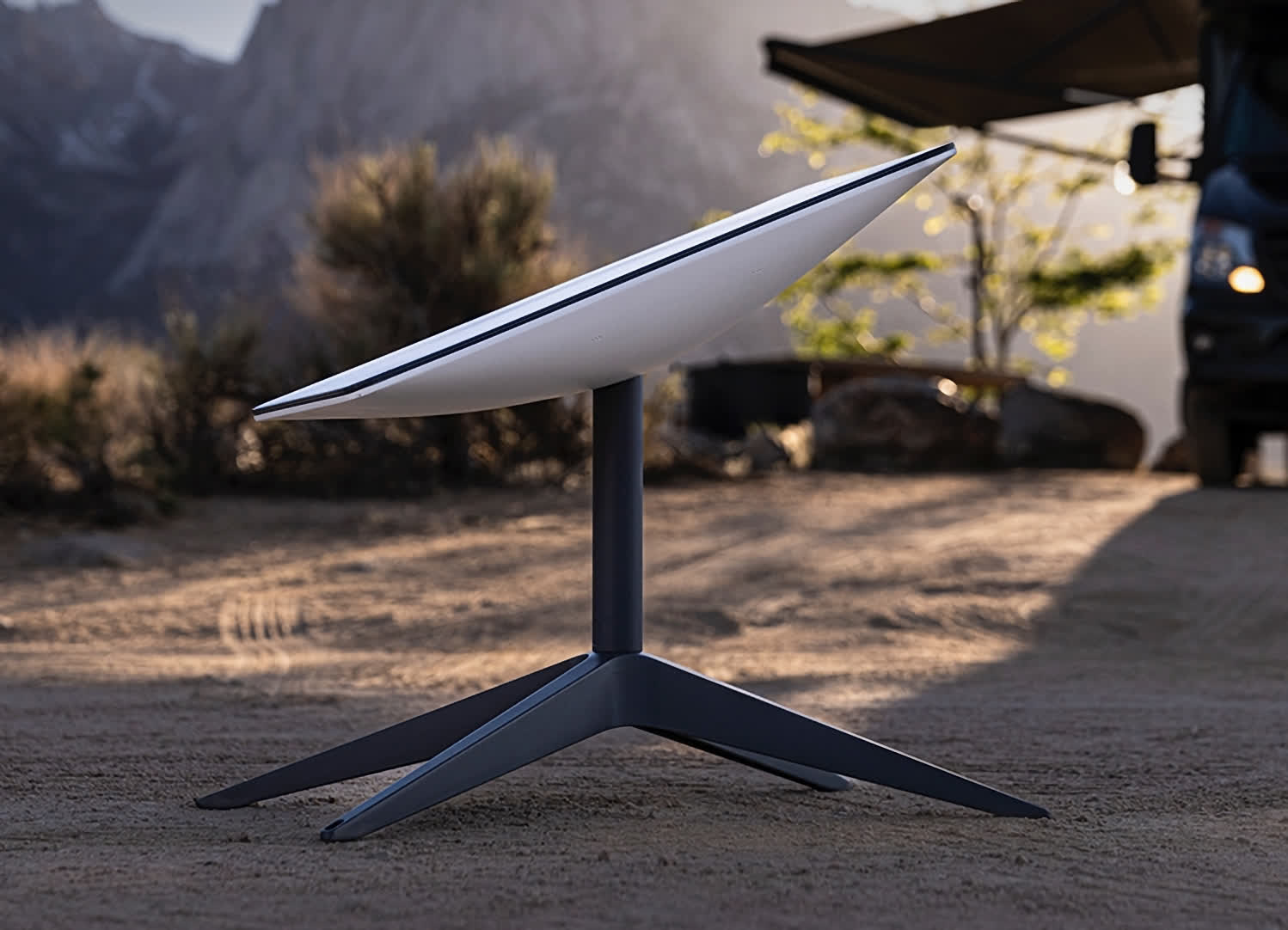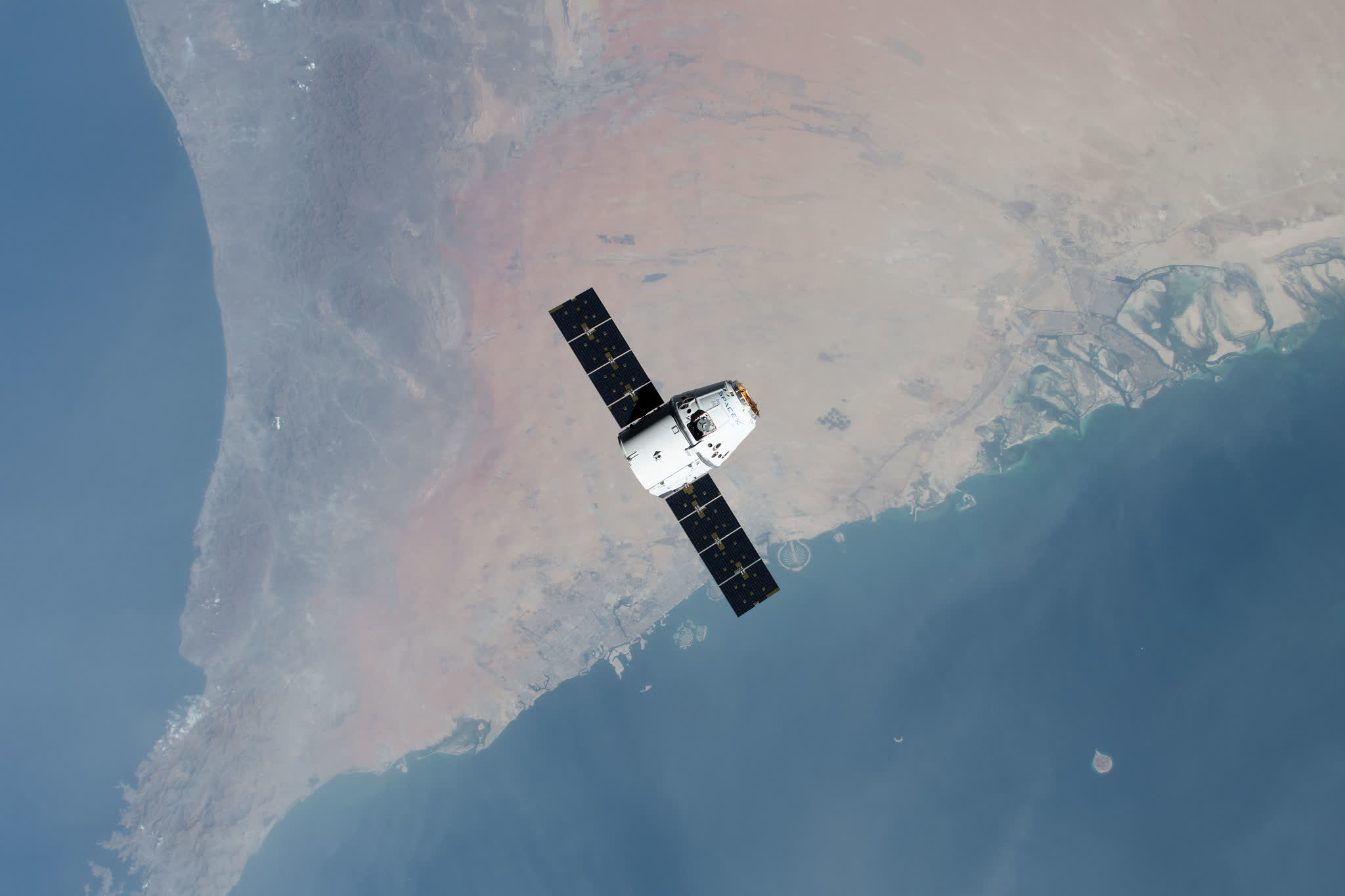In brief: Generating $1.4 billion in revenue across a year would be an impressive feat for most companies, but for Starlink, it's $11 billion less than originally projected. The satellite service also ended 2022 with one million users, or 19 million fewer than it predicted.
The Wall Street Journal writes that Elon Musk made a 2015 presentation that projected SpaceX's Starlink division would generate almost $12 billion in revenue and $7 billion in operating profit in 2022. It also expected over 20 million users by the end of that year.
Starlink's $1.4 billion revenue for 2022 was a massive jump from 2021's figure of $222 million, but it's still a long way off the 2015 projection. One million users, meanwhile, is nowhere near 20 million. The WSJ writes that the company turned a small profit in the first quarter of 2023 after two annual losses. Starlink says it is no longer selling its $599 Starlink antennas, aka terminals, at a loss. It also sells specialized antennas for land, sea, and air vehicles that range from $2,500 to $150,000.

Subscriber numbers are up since 2022, but not by a huge amount. SpaceX reported that it had about 1.5 million users in May 2023, though executive Jonathan Hofeller told CNBC that it is now "well over" that 1.5 million mark - a figure that includes both consumer and enterprise users.
Starlink's 4,700+ satellites in low-Earth orbit offer high-speed broadband for people without access to cable or fiber. Extra users have caused speeds to dip, and some say there is a glaring issue with its business model: "Starlink is bumping up against a reality articulated by many skeptics of satellite Internet," writes the WSJ. "The majority of the world's population that the business could serve and that can afford high-speed broadband lives in cities. In those regions, Internet service is readily available, usually offers cheaper monthly costs than Starlink and doesn't require specialized equipment."
Many headlines about Starlink these days relate to its use in Ukraine. SpaceX has supplied over 25,000 terminals to the country and maintained them since Russia invaded.
Musk warned In October that with Starlink donations to Ukraine exceeding $100 million, his company could not foot the bill forever, suggesting that the Pentagon should help with costs. But he did a U-turn days later, confirming SpaceX would fund Starlink in Ukraine "indefinitely," though it's now claimed US government agencies did start paying for Starlink's extra use in the country.
In February, SpaceX limited Ukraine's ability to use the Starlink satellite service for offensive military purposes. There was also the recent revelation that Musk turned off Starlink to foil a Ukrainian drone attack on the Russian naval fleet in Crimea last year over fears that Vladimir Putin would retaliate with a nuclear strike.
